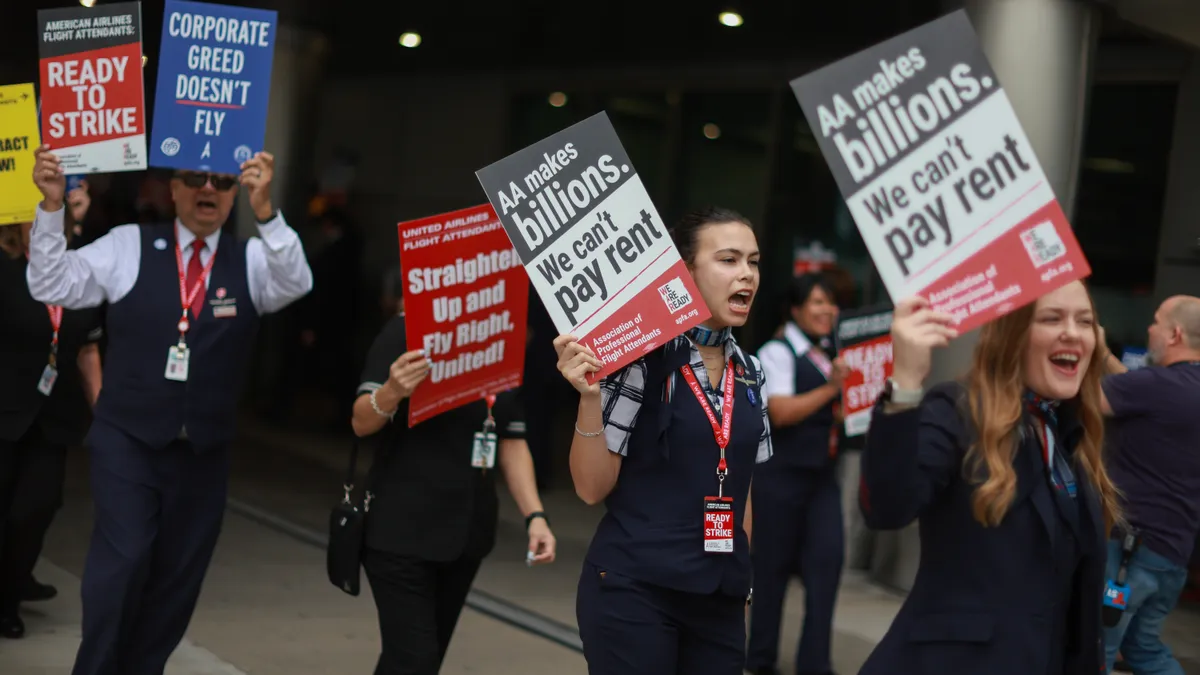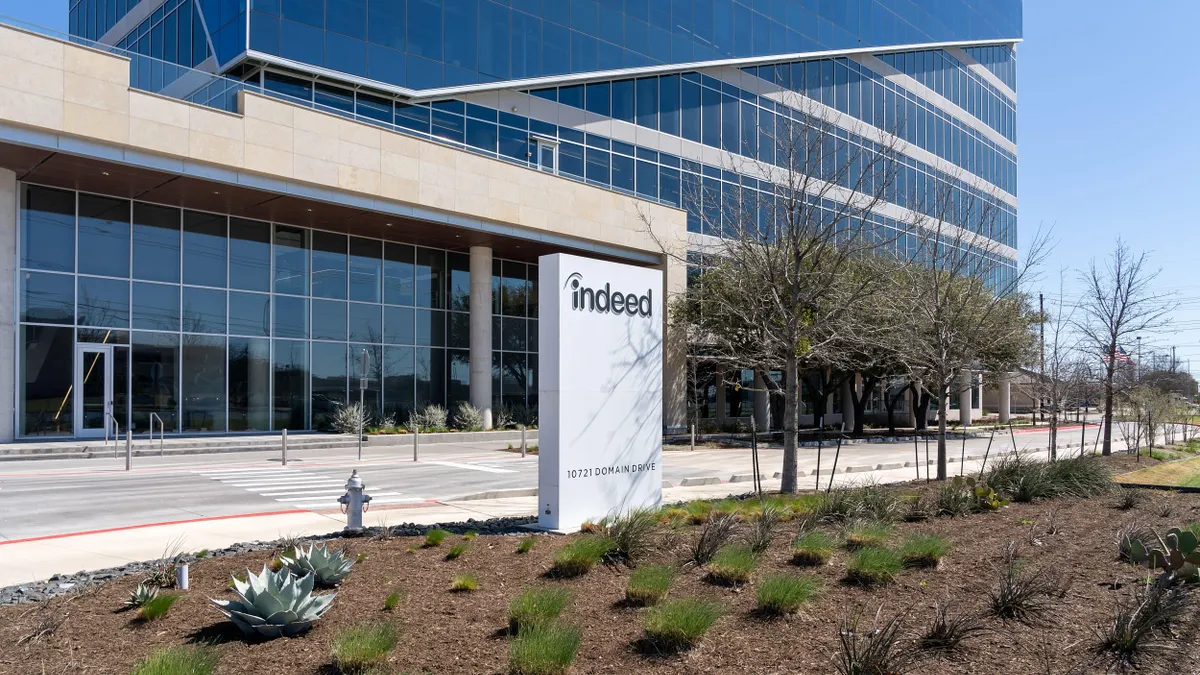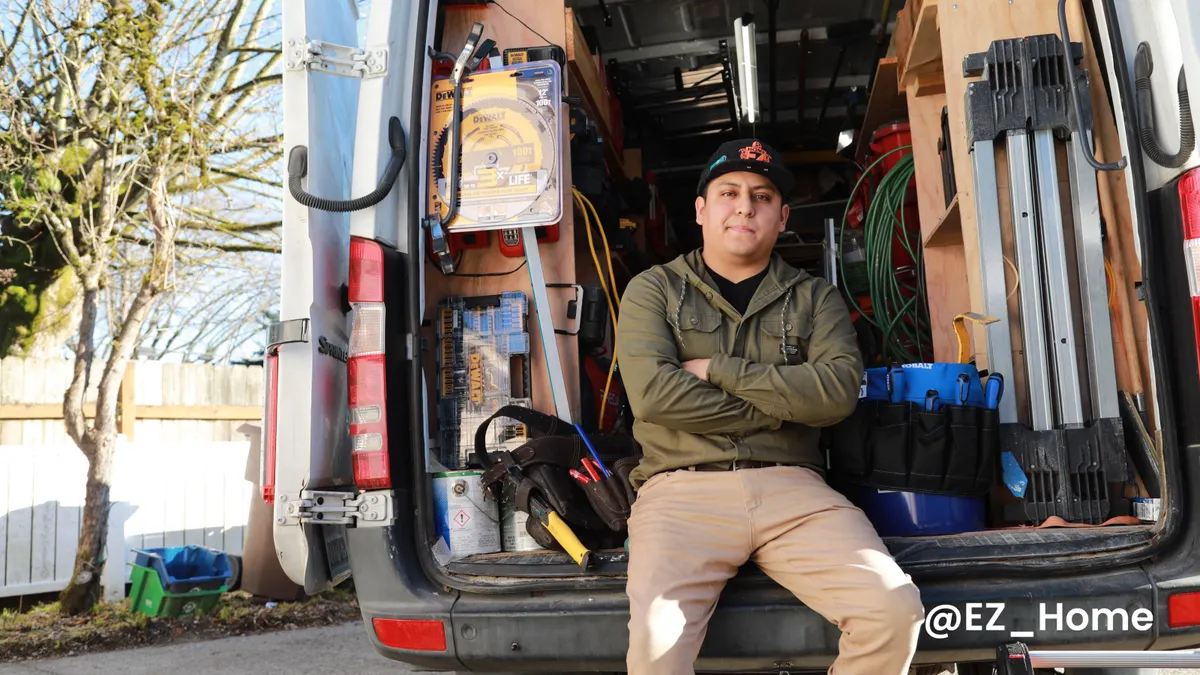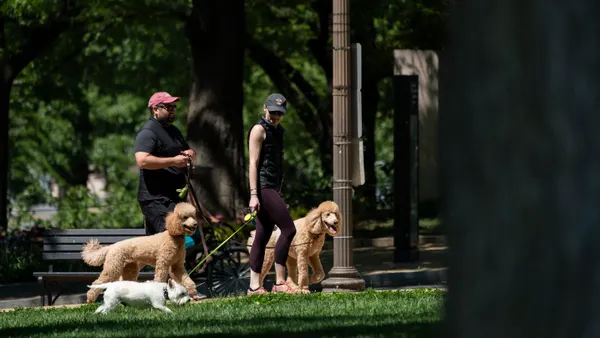Editor's Note: This story is part of a series on the multigenerational workforce. The full package is available here.
Today’s workforce is as multigenerational as any has ever been. There are now five generations represented, bringing a wide variety of skills and perspectives.
And the numbers are impressive; according to the Society for Human Resource Management, here’s how today’s workforce breaks down:
- pre-boomers (those born through 1945) make up less than 1% of the workforce;
- baby boomers (born between 1946 to 1964) account for 27%;
- Gen X-ers (1965 to 1980) represent 35%;
- millennials (1981 to 1998) are 37%; and
- Gen Z-ers (born after 1999) make up between 1% to 2% of the workforce.
There are many reasons why employers should aim for an age-diverse workforce. For one, age discrimination is illegal (when it comes to those 40 and older) and many attest that diversity boots morale and innovation. But many employers tend to forget about age when it comes to diversity initiatives.
In a recent study, "Disrupting Aging in the Workplace: Profiles in Intergenerational Diversity Leadership," AARP found significant disparities when it comes to hiring, according to Lori Trawinski, director of the financial security team at AARP Public Policy Institute. While 64% of CEOs have a strategy to promote diversity and inclusion, only 8% include age as a dimension of their strategy.
So how do you recruit in a way that neither discriminates nor limits your applicant pool?
Messages
Every communication you send out speaks to your company culture and priorities. But job postings and descriptions may be speaking volumes of which you are not aware. To be heard by the broadest audience possible, it’s important to update them routinely. Words that skew younger or older (energetic/established) could be sending the wrong message. Even the term “digital native” could lead to a discrimination claim.
New tech in AI and recruitment platforms can help: machines screen out biased language to assure your postings and descriptions are as generation-neutral as possible. But if you want to go the DIY route, there are ways to do so. Dan Westmoreland, marketing campaigns manager at Deputy suggests rather than "watch" what you say, "tailor" what you say: “If you know there are common traits a generational employee typically has, tailor your post to that generation. This will save time and increase quality of the candidates.”
Sourcing
Remember that not all sourcing channels are equal, says Maia Josebachvili, VP of strategy and marketing at Greenhouse. Social media skews toward younger respondents, for example. “Recruiters should be mindful of that as they’re planning their sourcing strategy and make sure they’re diversifying where they’re posting the job,” she said. Another aspect is imagery: do your images reflect a diverse workforce? If not, they should. “The companies that are getting it right are very thoughtful about the interview panels and candidate experience they put forth," she said.
Trawinski recommends recruiting from a wide range of sources — not just colleges and universities — and actively recruiting veterans. She said employers are taking a variety of steps, including “apprentice programs for people of all ages and programs to help people reenter the workforce following an extended absence.” She suggests business can increase diversity recruiting by offering “multigenerational employee resource groups and using them to help.”
Messaging
In addition to the messages you send, the way you send them may be impactful.
Recruitment texting and AI screens are the newest toys in the HR toolbox, but will they inspire the same level of response across the generations? One survey claims 66% of respondents believe it’s acceptable to be contacted via text by a recruiter. Another survey finds 58% comfortable with AI for initial questioning. While all these stats represent the majority, they still leave a significant amount of candidates who prefer the human touch; don’t leave them behind.
Workspaces
While many in Gen Z can happily complete their work in a busy Starbucks with screaming children nearby, some boomers may refer a quieter office. Presentation of your workspace will affect your recruitment efforts.
While the younger crowd may appreciate the half-pipe in the reception area, older workers may think they won’t fit the culture. Review the initial impressions your workplace makes on candidates coming in to interview and make sure it's welcoming for everyone.
Flex work
Flex schedules, remote and contract work are on the rise, but surprisingly not driven by the younger generations. Older workers are driving the "gig economy" as they prefer to have more flexibility in how much and where they work.
A note about available flex work during recruitment may net employers a larger applicant response. In particular, companies that offer a caregiving option could open the door to more seasoned employees who may have elder care responsibilities, as well as employees at the family planning stage of their career.
Interviewing
Whether digitally or face-to-face, interviewing a range of age groups presents its own challenges. “I wish it wasn’t true, but we all have unconscious biases and these tend to show up in recruiting,” Josebachvili said. To build the best teams, she recommends you “structure your hiring process with agreed upon desired attributes and set questions for evaluating candidates against a predetermined scorecard.”
Westmoreland suggests training classes for recruiters and hiring managers to identify bias and differences, which can bridge gaps in communication and understanding.
While the challenges of recruiting across a 70-year span of potential employees is great, so can be the rewards. Making sure your workforce is as diverse as possible increases engagement, productivity, brand loyalty and more. Including multi-generational diversity as a priority not only helps mirror your customer base, it promotes a wide range of ideas and perspectives that can only help you grow.


















